A small group of officers and analysts challenged the dominant doctrine of heavy aircraft and proved that the future of…
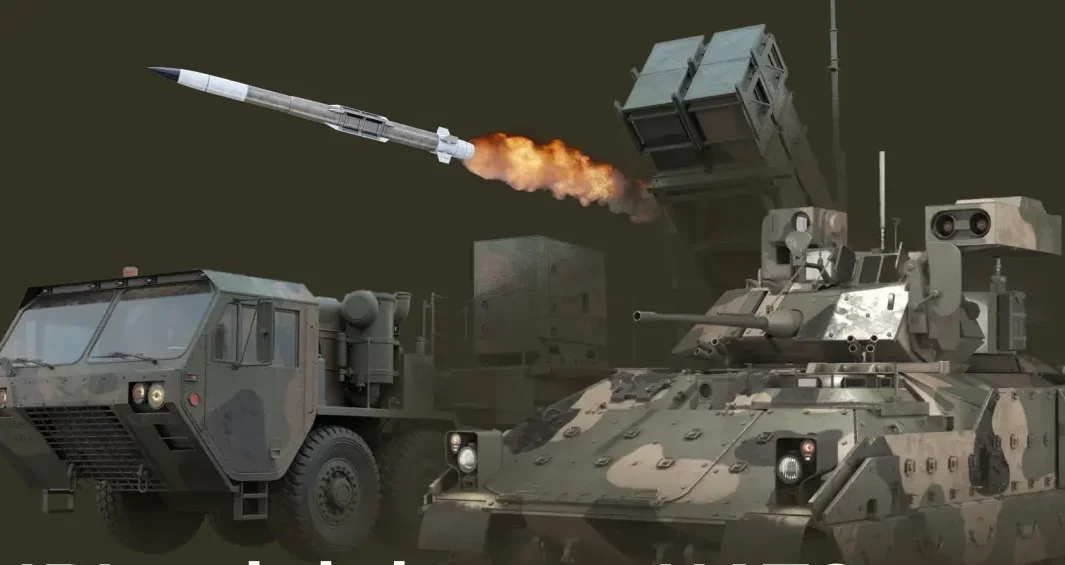
One of the key mechanisms for meeting Ukraine’s critical needs in U.S.-produced weapons and defense equipment is PURL.
The Ministry of Defense provides detailed information on how this initiative works and which countries have already joined it.
PURL (Prioritized Ukraine Requirements List) is an initiative launched by the United States and NATO aimed at providing Ukraine with critically important weaponry by financing, through Alliance members, the delivery of U.S.-made arms and equipment. The mechanism allows partner countries to fund the procurement of such weaponry in accordance with a prioritized list of needs defined by Ukraine and agreed upon with the U.S. and NATO.
The initiative enables NATO countries to coordinate their contributions in a way that ensures targeted and rapid financing. Instead of separate and fragmented purchases, each country makes a financial contribution to a joint package, which the U.S. then uses to deliver weapons and necessary equipment—especially those items that cannot be replaced by European alternatives. This significantly shortens the time between identifying a need and delivering ready-to-use weaponry to the front lines.
The total amount of contributions so far exceeds $2 billion.
First, the mechanism speeds up the delivery of weapons since procurement is made directly from existing U.S. stockpiles.
Second, it ensures that resources are used in a highly targeted way, focusing on what Ukraine needs most urgently.
Finally, PURL simplifies administrative procedures, as coordination is managed centrally through NATO, which strengthens cooperation while reducing bureaucracy and duplication of efforts.
To maintain stable arms supplies, it is essential to ensure regular contributions from all partners and reach the target funding level of approximately $1 billion per month. Therefore, it is crucial to involve as many countries as possible to fully cover the diverse needs of the front.
The PURL initiative represents a significant step toward providing Ukraine with the necessary weaponry for effective defense. The combined efforts of NATO, its member states, and the United States make it possible to respond swiftly to frontline needs and ensure a steady flow of critically important systems.
@armyinformcomua
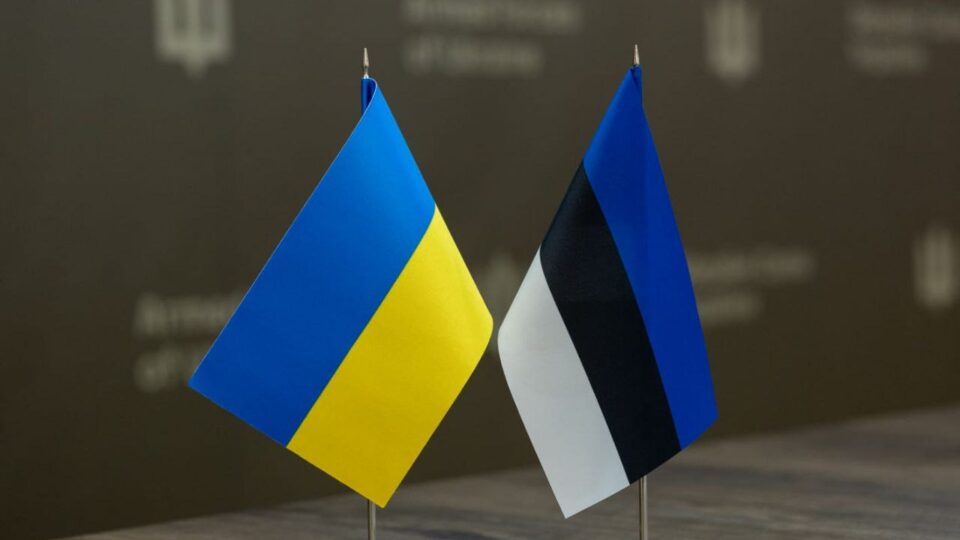
A Ukrainian delegation held a working meeting with the Deputy Commander of the Estonian Defence Forces, Brigadier General Viktor Kalnitski.
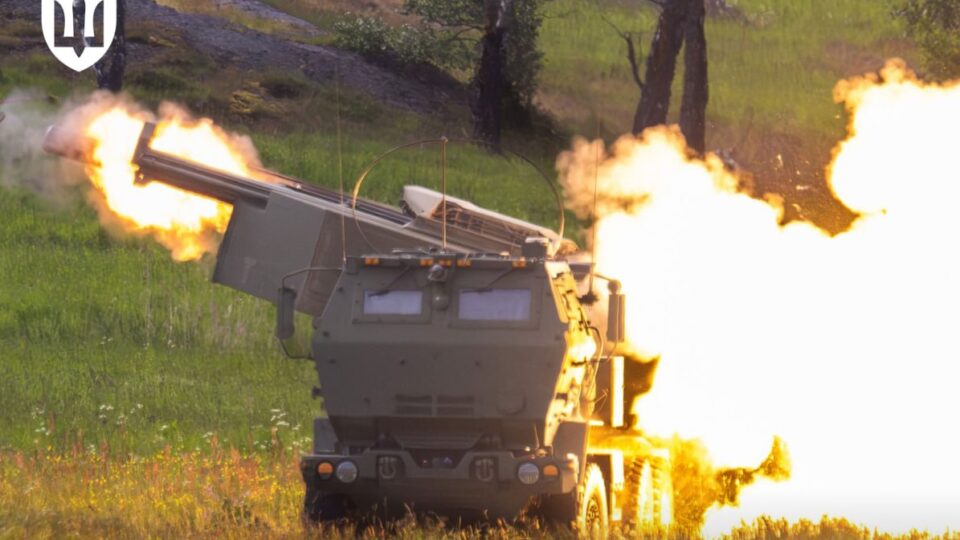
Ukraine’s partners have announced new contributions to the PURL initiative, which funds the procurement of U.S. weapons according to the priority needs of the Ukrainian army.
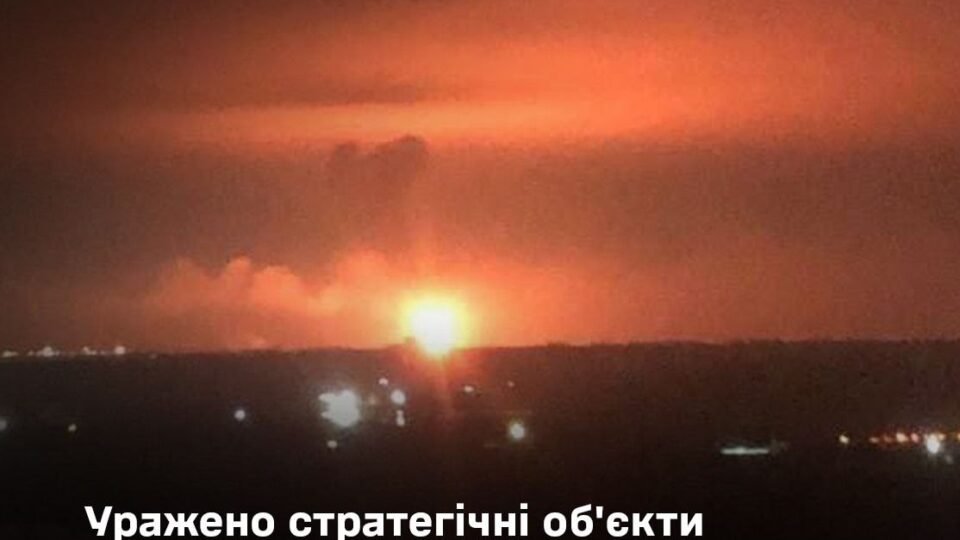
During the night of December 5, the Defence Forces of Ukraine carried out a series of precise strikes on strategic rear-support facilities of Russia.
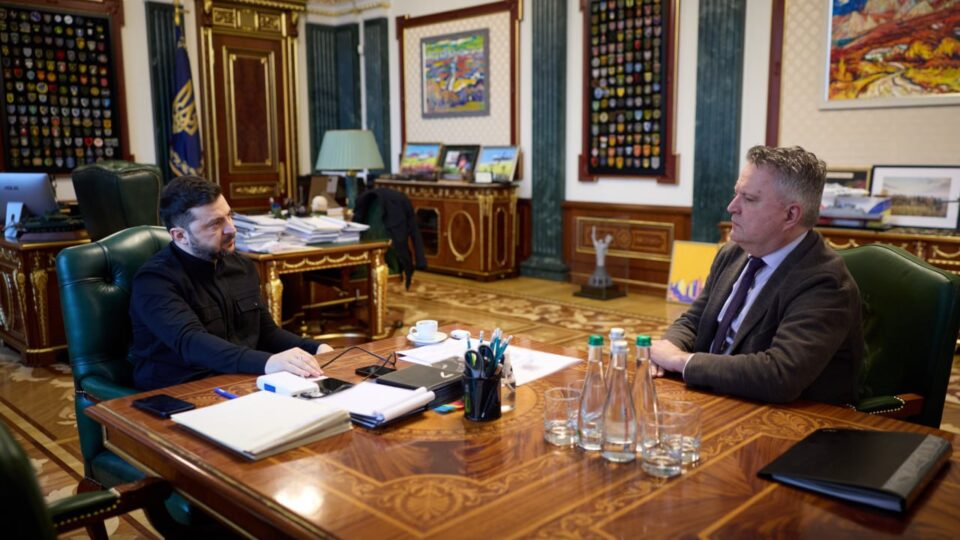
President of Ukraine Volodymyr Zelensky held a meeting with First Deputy Minister of Foreign Affairs Serhiy Kyslytsia, during which they discussed key directions of Ukraine’s diplomacy, including further communication with the United States.
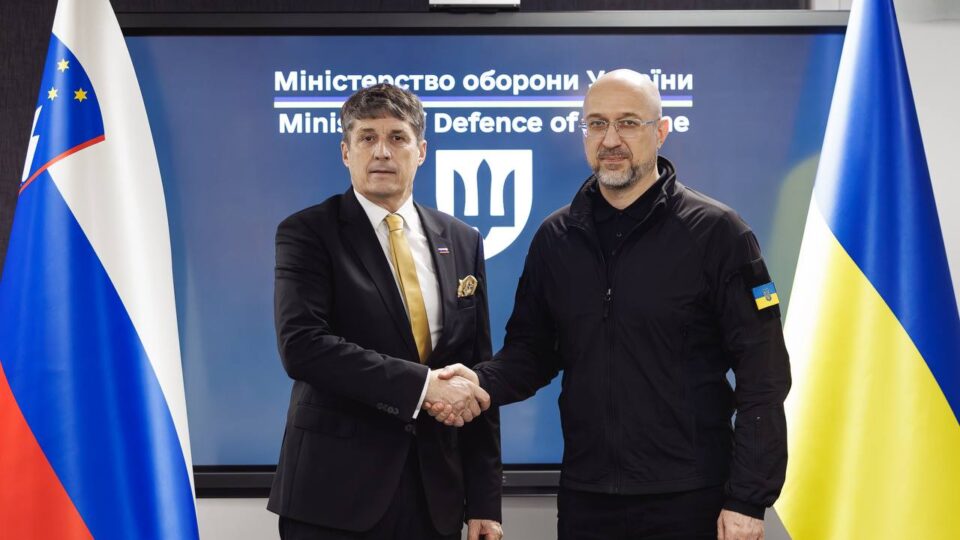
Ukraine’s Minister of Defence Denys Shmyhal held a meeting in Kyiv with Slovenia’s Minister of Defence Borut Sajovic.
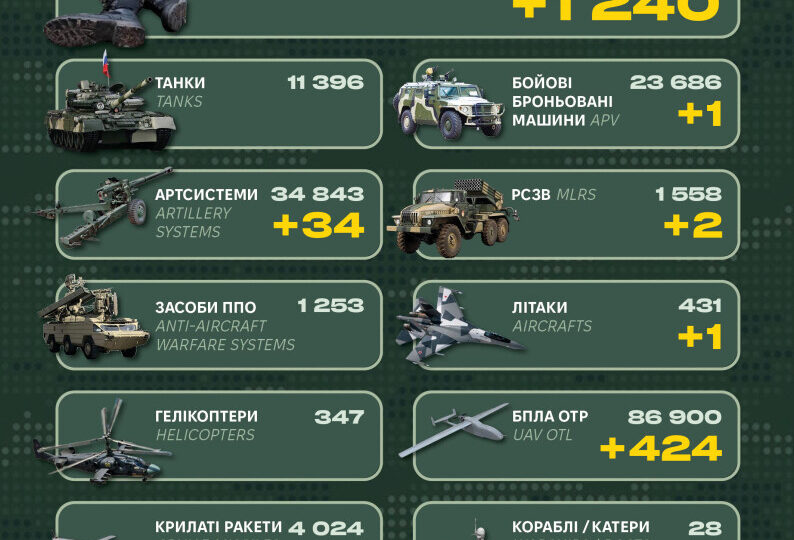
Over the past day, Russian invaders lost 1,240 military personnel killed and wounded, as well as 558 units of equipment.
A small group of officers and analysts challenged the dominant doctrine of heavy aircraft and proved that the future of…